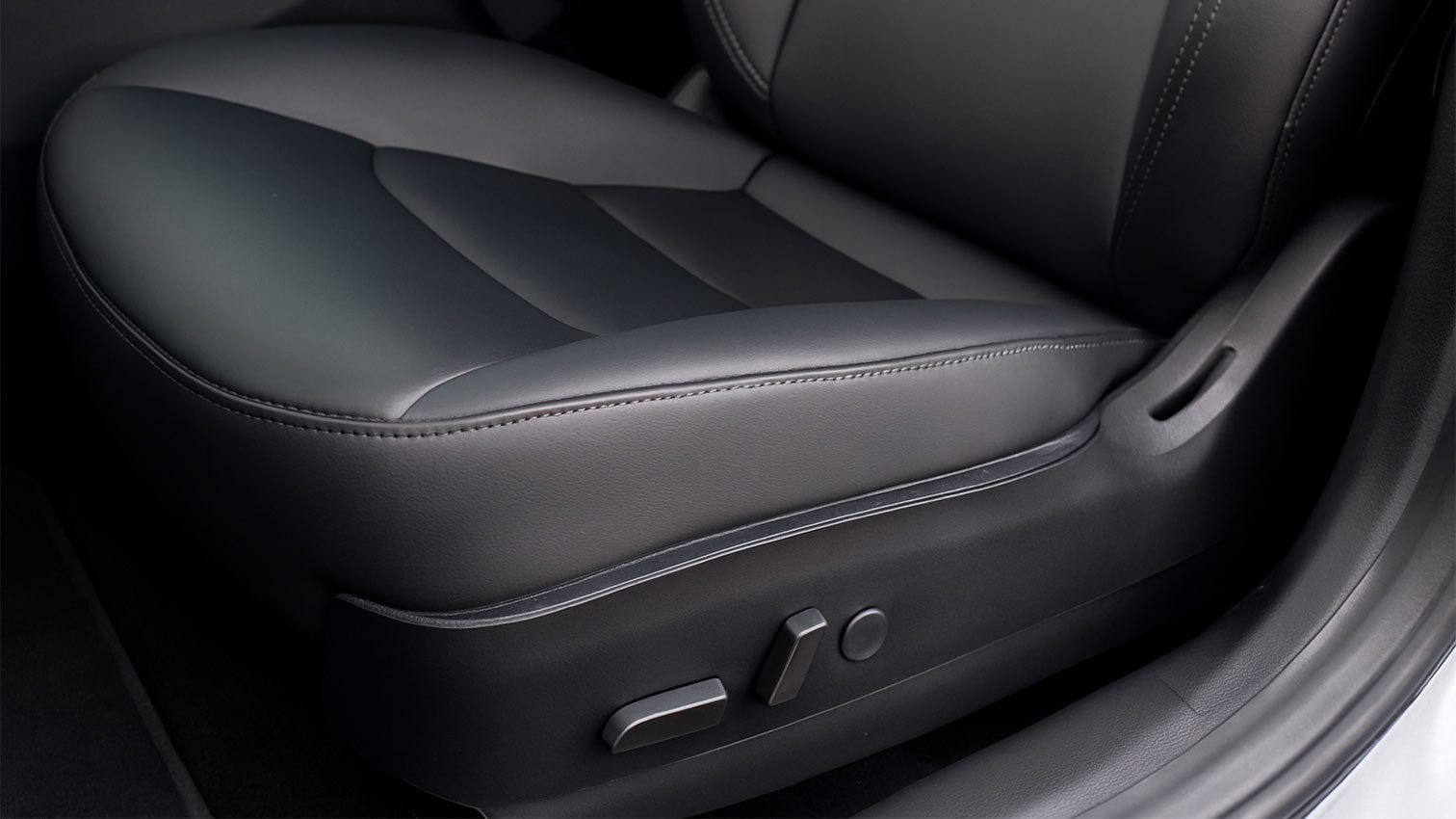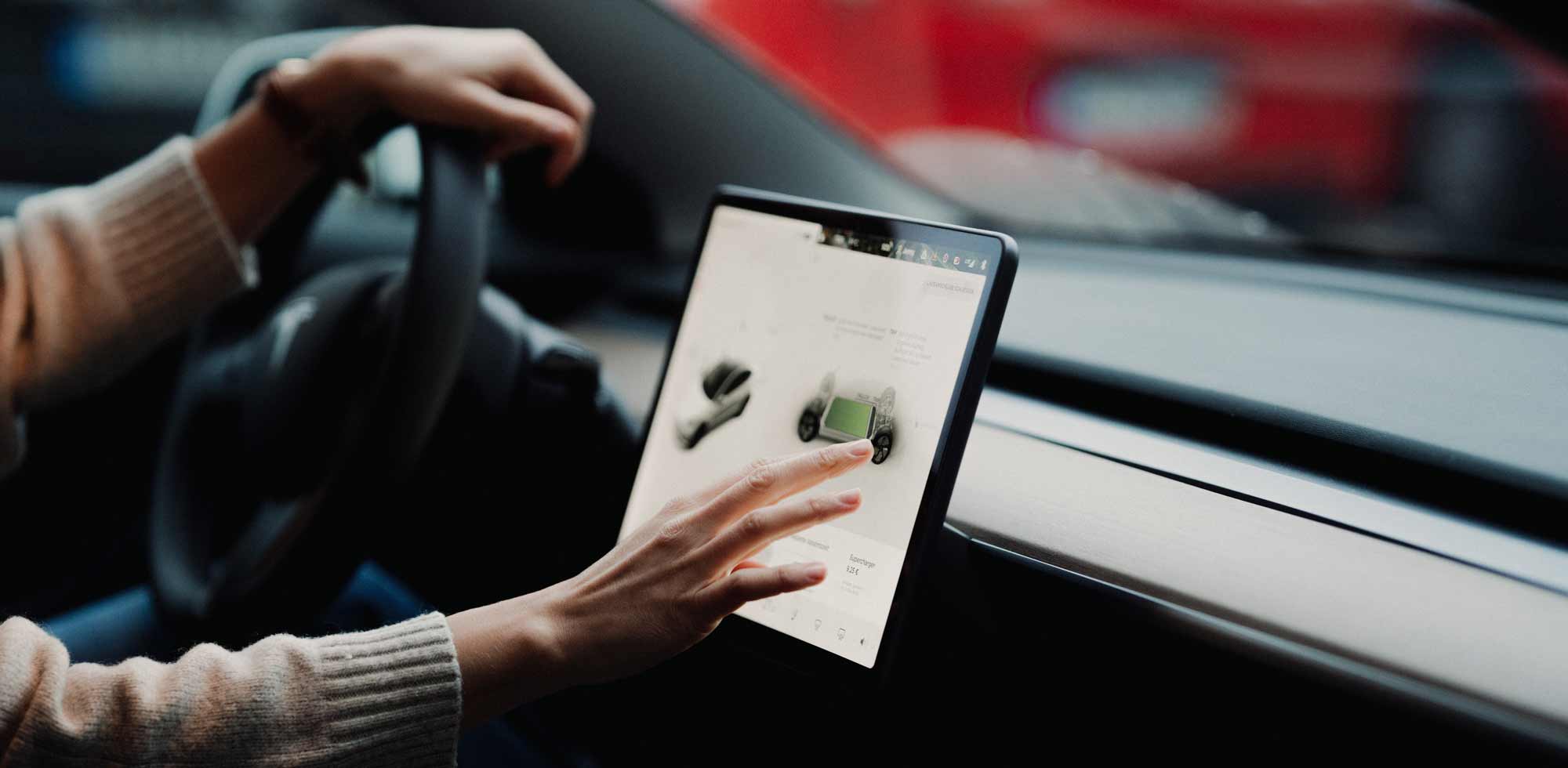A Tesla impresses with its efficiency and innovative technology. It's all the more frustrating when the vehicle consumes a disproportionate amount of power when stationary.
Some drivers report a charge loss of more than 10% within 38 hours – without guard mode, active air conditioning or Wi-Fi.
How can this be and what can be done about it?
Tesla: High charging loss when stationary
Despite all precautions, some Model Y and Model 3 vehicles don't seem to reliably enter "sleep mode." Typically, a Tesla consumes very little energy when stationary—losses of less than 1% per day are considered normal. However, a power loss of several percent per night is a problem.
Typical causes can be a constantly active connection to Tesla app, incorrect settings or even external factors such as smartwatch widgets that repeatedly “wake up” the car.
What is particularly insidious is that even seemingly harmless functions such as scheduled air conditioning or activated “summoning” can massively increase energy consumption when stationary.
Possible causes and tips
First, you should make sure no app is constantly accessing your vehicle. Widgets on your smartphone that monitor the vehicle's status often wake the Tesla unnecessarily and prevent it from going to sleep. Remove these as a test to see if there's any improvement.
Also check the settings:
-
Summon deactivate
-
Scheduled departure times control or deactivate
-
Wi-Fi connection reactivate if necessary (so that the car does not constantly search for updates via LTE)
-
Software updates bring up to date
-
Hard Reboot (press the brake pedal and hold both steering wheel buttons)
It's helpful to monitor sleep patterns via the Tesla app or use specialized tools like Tronity. These show when your Tesla is actually sleeping. In many cases, the problem can be quickly identified.
Anyone who also wants to equip their Tesla with sophisticated Accesories can make everyday life even more efficient.
Do you also experience increased power consumption with your Tesla when stationary? Feel free to share your experiences in the comments!



